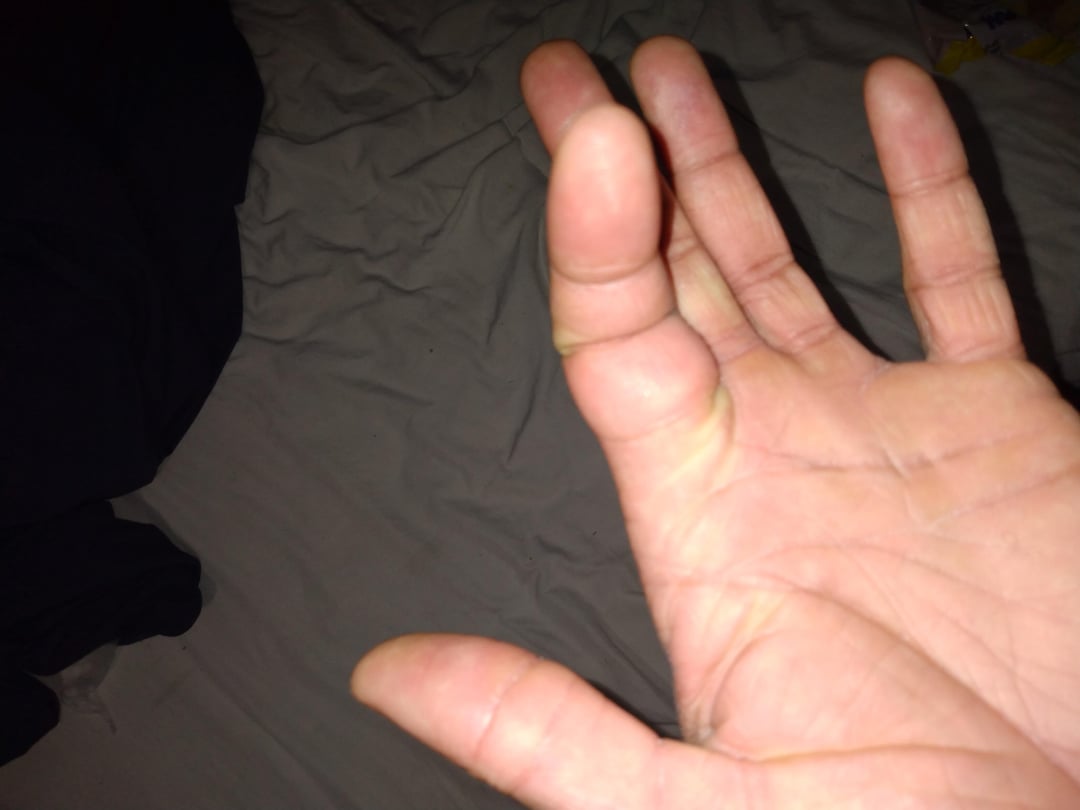Lipomas are benign tumors composed of fatty tissue that can appear anywhere on the body. While they are generally harmless, they can sometimes cause discomfort or cosmetic concerns, leading individuals to seek treatment. The journey from diagnosis to recovery involves several steps, each crucial for ensuring a successful outcome. Here’s a comprehensive guide to navigating the process of Lipoma Treatment in Dubai, from initial diagnosis to post-treatment recovery.
1. Understanding Lipomas
Lipomas are soft, rubbery lumps that develop under the skin. They are typically slow-growing and usually painless. Most lipomas are small, but they can grow larger over time. While they are benign and not cancerous, they can cause concerns due to their appearance or if they press on nearby nerves.
2. Diagnosis
The first step in managing a lipoma is obtaining an accurate diagnosis. This typically involves:
- Physical Examination: A healthcare provider will perform a physical exam to assess the size, shape, and texture of the lump. Lipomas are usually soft, movable, and well-defined, which helps in distinguishing them from other types of tumors.
- Imaging Tests: To determine the depth, size, and precise location of the lipoma, imaging tests such as ultrasound or MRI may be used. These tests help in planning the appropriate treatment approach.
- Biopsy: Although lipomas are generally diagnosed based on physical examination and imaging, a biopsy may be performed in some cases. This involves taking a small sample of the lump to be examined under a microscope to confirm the diagnosis and rule out other conditions.
3. Treatment Options
Treatment for lipomas depends on factors such as their size, location, and whether they cause symptoms. The main treatment options include:
- Surgical Excision: The most common and definitive treatment for lipomas is surgical removal. During this procedure, an incision is made over the lipoma, and the tumor is removed along with a margin of surrounding tissue. This method ensures complete removal and minimizes the risk of recurrence. The procedure is usually performed under local anesthesia, allowing the patient to be awake but pain-free.
- Liposuction: For smaller lipomas or those in less accessible areas, liposuction may be used. This minimally invasive technique involves inserting a thin tube through a small incision to suction out the fatty tissue. While liposuction is effective for removing the contents of the lipoma, it may not always ensure complete removal of the lipoma capsule, which can lead to recurrence.
- Steroid Injections: In some cases, corticosteroid injections can be used to shrink the lipoma. This method involves injecting a corticosteroid directly into the lipoma, which reduces its size over time. Steroid injections may be an option when surgery is not feasible or as a preliminary treatment to reduce the size of the lipoma before surgical removal.
- Cryotherapy: Cryotherapy, or cryoablation, uses extreme cold to destroy the fatty tissue of the lipoma. Liquid nitrogen is applied to freeze the lipoma, leading to its gradual absorption by the body. This method is generally used for smaller lipomas and may require multiple sessions for optimal results.
4. Pre-Treatment Preparations
Before undergoing any treatment, patients should:
- Consult with a Specialist: Speak with a healthcare provider or specialist to discuss the best treatment option for your specific case. This consultation will involve reviewing the diagnosis, treatment options, potential risks, and expected outcomes.
- Follow Pre-Operative Instructions: If surgery is planned, follow any pre-operative instructions provided by the healthcare provider. This may include fasting, avoiding certain medications, or arranging for post-operative care.
5. The Treatment Procedure
The treatment procedure will vary depending on the chosen method:
- Surgical Excision: The procedure typically involves making an incision, removing the lipoma, and closing the incision with sutures. The operation may be performed on an outpatient basis, allowing the patient to return home the same day.
- Liposuction: The liposuction process involves making a small incision, inserting a cannula, and suctioning out the fatty tissue. The procedure is usually less invasive than surgical excision and may result in quicker recovery.
- Steroid Injections and Cryotherapy: These treatments are generally performed in a clinic or outpatient setting. Steroid injections involve a quick injection, while cryotherapy involves applying liquid nitrogen to the lipoma.
6. Post-Treatment Care and Recovery
Recovery varies based on the treatment method:
- Surgical Excision: Post-surgery, it’s essential to keep the incision site clean and dry to prevent infection. Follow the healthcare provider’s instructions for wound care and pain management. Swelling and bruising are common but should gradually improve. Avoid strenuous activities that could strain the treated area.
- Liposuction: Recovery from liposuction typically involves mild swelling and bruising. Follow post-procedure care instructions, which may include wearing compression garments to reduce swelling and support healing.
- Steroid Injections and Cryotherapy: These methods usually involve minimal recovery time. However, patients should monitor the treated area for any changes and follow any aftercare instructions provided by the healthcare provider.
7. Follow-Up and Monitoring
Regular follow-up appointments are important to monitor the treatment area and ensure proper healing. During these visits, the healthcare provider will assess the results, address any concerns, and determine if further treatment is needed. Monitoring helps in detecting any recurrence early and managing any potential complications.
8. Addressing Psychological Impact
For some individuals, having a lipoma, particularly in visible areas, can affect self-esteem and body image. Addressing these concerns and seeking support from healthcare professionals or counseling services can be beneficial. It’s important to focus on overall well-being and confidence during the recovery process.
Conclusion
Managing a lipoma from diagnosis to recovery involves a well-planned approach, including accurate diagnosis, appropriate treatment, and effective post-treatment care. Understanding the available treatment options and following medical advice ensures a successful outcome and a smooth recovery process. Whether opting for surgical excision, liposuction, steroid injections, or cryotherapy, each step plays a crucial role in achieving lasting results and maintaining overall health.





Comments